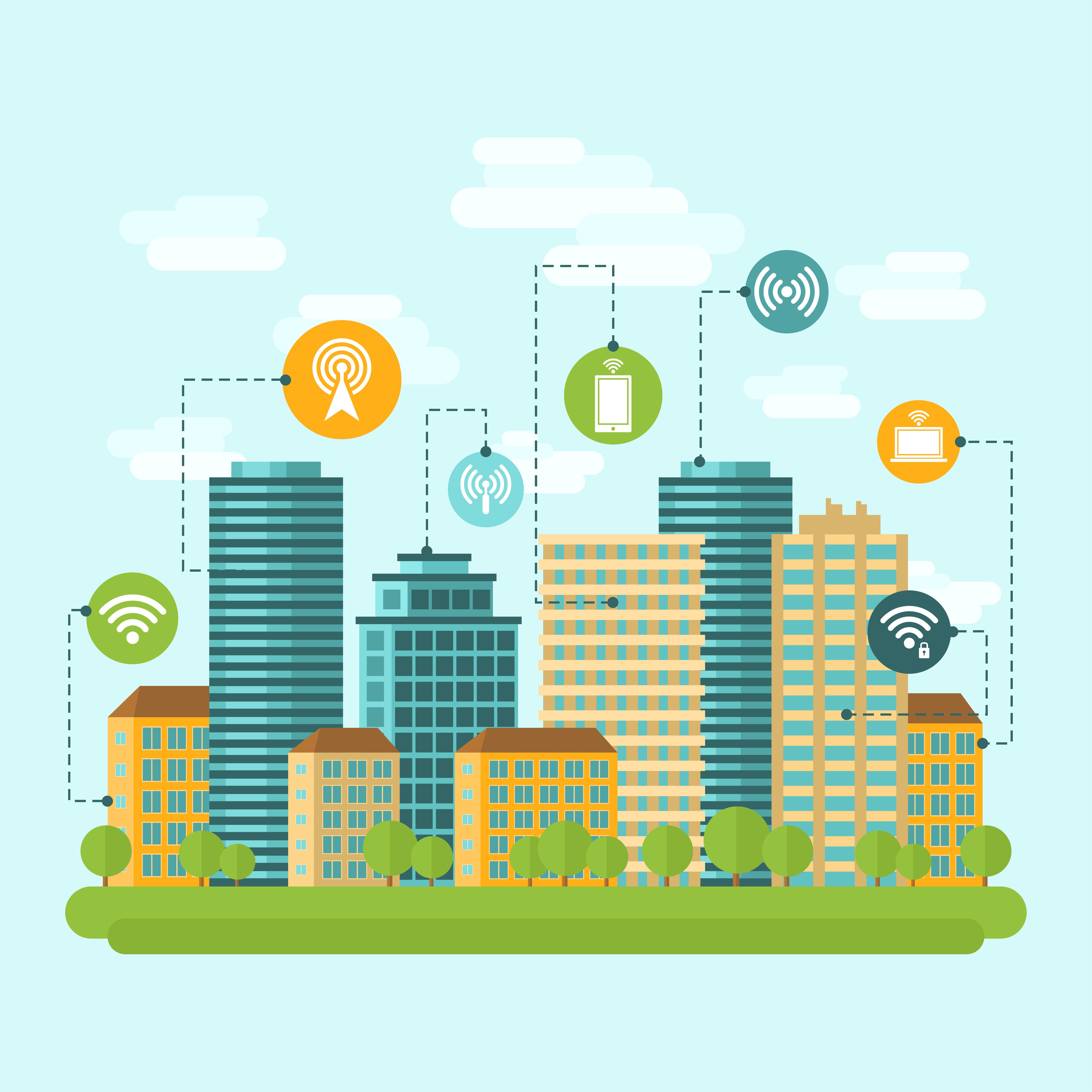How Power Management Systems Help Commercial and Residential Buildings to Become Energy Efficient?

In India, electricity consumption has increased over the years. Based on statistics, this trend of high consumption continues at a high rate. The Energy Statistics India 2025 publication outlines a consistent increase from 14,682 in 2014-15 to 18,410 Mega Joules per person in 2023-24. As per the mathematics, it clearly indicates a compound annual growth rate of 2.55% within 10 years.
Whether it's daily appliances or commercial setups, all of it contributes to the massive load. It has further adversely affected the methods of generation and ultimately impacts the environment. Consequently, sustainable power management solutions, including Energy Management Solutions (EMS), have been discussed widely.
Let’s explore power management systems and their role in promoting sustainability.
What are Power Management Systems and Why do They Matter?
A Power Management System (PMS) is a set of hardware and software tools used to monitor, control, and optimize the use of electrical power. Its main goal is to ensure that an electrical power system operates reliably, efficiently, and safely.
A PMS works by collecting data from various points such as generators, transformers, and circuit breakers. This data is then used to make intelligent decisions in real time to manage the flow of power, prevent outages, and balance the load
Moreover, the increasing cost of electricity and its consumption demand have led to making it a necessity. They help balance financial savings while promoting environmental responsibility.
How do Power Management Systems Function in Buildings?
Power management systems like EMS function through a series of steps.
A Power Management System (PMS) is a centralized system of hardware and software designed to monitor, control, and optimize a building's electrical power use. Its primary role is to ensure the electrical system is safe, reliable, and as energy-efficient as possible Their functioning can be broadly understood through their role in the following three key areas:
Power Management System (PMS) Architecture:
1. Power Sources
At the foundation of any Power Management System (PMS) are the power sources that supply electricity to the facility. These can include grid supply, diesel or gas generators, renewable energy sources like solar panels and wind turbines, and Uninterruptible Power Supply (UPS) systems. The PMS ensures seamless integration and switching between these sources to maintain continuous and efficient power delivery, especially during outages or peak demand periods.
2. Power Distribution Network
Once power is generated or received, it flows through the distribution network. This layer includes critical components such as switchgear, transformers, circuit breakers, and busbars. These elements work together to route electricity safely and efficiently to various parts of the facility. The PMS monitors and controls this network to prevent overloads, short circuits, and ensure optimal voltage levels across the system.
3. Monitoring & Control Devices
To maintain reliability and safety, the PMS relies on a suite of monitoring and control devices. These include smart meters for energy tracking, protection relays for fault detection, Programmable Logic Controllers (PLCs) for automation, and SCADA systems for centralized supervision. These devices continuously collect data and execute control commands, enabling real-time decision-making and proactive maintenance.
How do PMS Benefit Commercial Buildings?
Five Key Advantages of PMS in Buildings
-
Energy Efficiency & Cost Savings
-
Identifies energy wastage and optimizes usage patterns
-
Reduces electricity bills through smart load scheduling and peak shaving
Improved Reliability & Uptime
-
Prevents overloads and electrical faults
-
Ensures uninterrupted power supply through intelligent backup management
Real-Time Monitoring & Control
-
Provides live data on power consumption, voltage, current, and frequency
-
Enables remote control and diagnostics of electrical systems
Enhanced Safety & Fault Detection
-
Detects short circuits, overloads, and phase imbalances early
-
Triggers alarms and automatic shutdowns to prevent damage or fire
Regulatory Compliance & Reporting
-
Generates detailed reports for audits and sustainability certifications
-
Helps meet energy standards like ISO 50001 or LEED
Conclusion
Power management systems were a futuristic idea back in the day. Today, they are everyone’s reality. In day-to-day life, these systems ensure that electricity consumption is managed efficiently and sustainably.
For businesses and households seeking to take the next step in efficient energy use, partner with experts like Lauritz Knudsen Electrical & Automation. We offer trusted solutions like the SmartComm PMS that deliver long-term value.
Ensure responsible energy consumption today for a better tomorrow.






